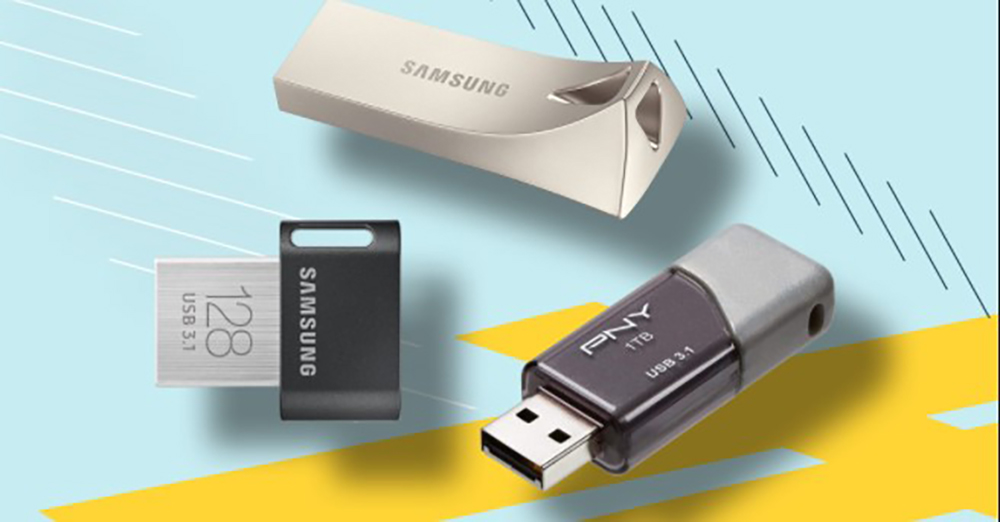Interestingly, all the information can be stored on one memory stick. In fact, the data is lost as much as possible and put into the chip. This is called a USB memory key. Here is a summary of all the components:
1 USB Standard, Male A-plug
The computer is the part that plugs into the USB port. The reason it is called Male is because it is easy to stab. The socket on the motherboard is a female plug.
2 USB mass storage controller device
It is an electronic device that controls the amount of storage.
3 Test points
The test point tests as its name implies. Testing a small number of currents; Signal testing is performed in case of equipment malfunction.
4 Flash memory chip
It is the main storage area. It’s interesting what they save. In fact, electronic data is stored as electronic data. For example, pictures and music on a computer are electronic data that can only be transferred. Music can be played back using an intermediary device such as an amplifier. This does not apply. All you need to know is that a flash memory chip encapsulates information as little as possible. It is stored.

5 Crystal oscillator
It generates electronic signals. If it fails, the memory key will not be able to do anything. In the case of radios, the crystal oscillator adjusts the frequency of the recording.
6 LED (Optional)
LED bulbs are optional and optional. The main thing is to have a light and signal when you are using it.
7 Write-protect switch (Optional)
Write protect prevents access to the memory key. To prevent access; It prevents the internal data from being changed. This includes and does not include.
8 Space for second flash memory chip
Roughly, it looks like a separate compartment on another chip for memory storage.
















